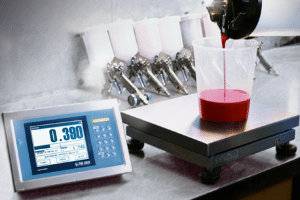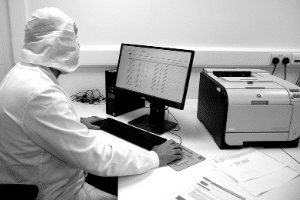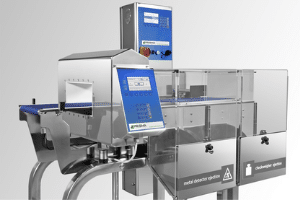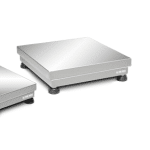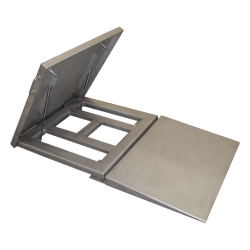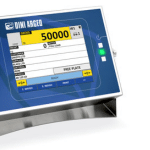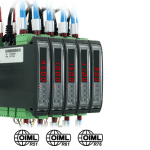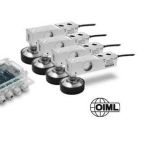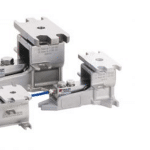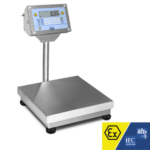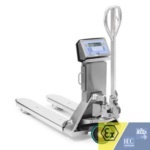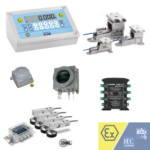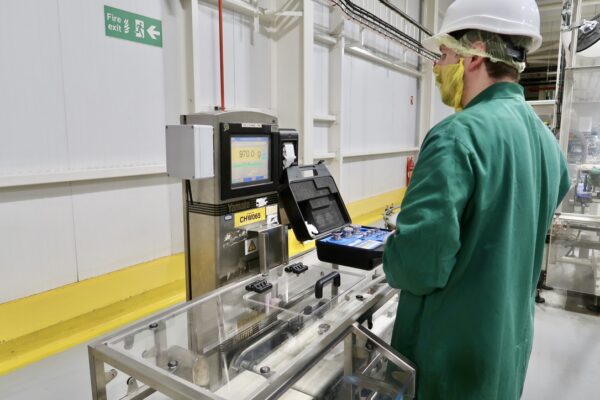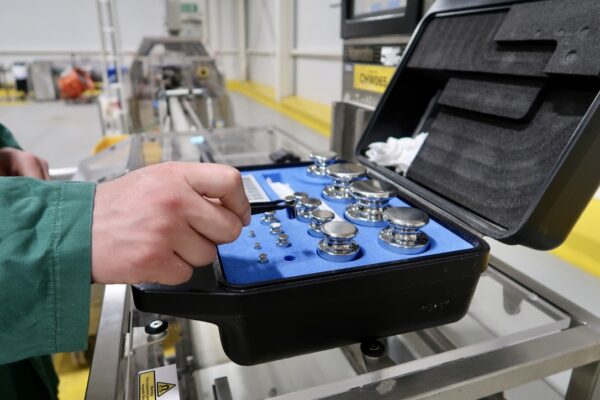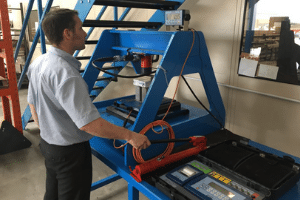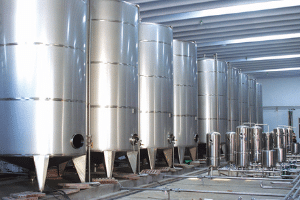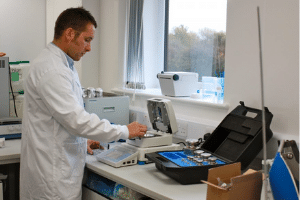Types of Laboratory Balances
A lab balance is a type of scale used in laboratories and research facilities to measure the mass or weight of an object to an extremely high degree of accuracy.
There are many different types of lab balances, but they all share one common goal: to accurately measure the mass of an object.
In this blog post, we will discuss the different types of laboratory balances and how they are used in various applications.
What Is A Laboratory Balance?
A laboratory balance is a type of scale designed for use in laboratories and pharmacies. The primary purpose of a laboratory balance is to measure the mass or weight of an object with a high degree of accuracy.
Laboratory balances are also sometimes used to measure other properties such as density, purity, and moisture content.
Applications of Laboratory Balances
Laboratory balances are used to measure the mass of objects, substances, and chemicals. Laboratory balances are used in a variety of applications, including:
- Research and development
- Quality control
- Production testing
- Environmental testing
- Pharmaceuticals manufacturing
- Food and beverage testing
Types of Laboratory Balances
There are many different types of laboratory balances, each of which is designed for specific applications. The most common types of laboratory balances are:
1. Analytical Balances
Analytical balances are the most accurate type of balance and are typically used in research and development laboratories. They can measure objects with a mass as small as 0.001 grams (0.000035 ounces).
An analytical balance has a readability of 0.0001 grams (0.0000035 ounces) or better, and a sensitivity of 0.000001 grams (0.000000035 ounces) or better.
To ensure accuracy, analytical balances are usually placed in a temperature-controlled room and must be calibrated regularly.
2. Precision Balances
Precision balances are less accurate than analytical balances but are still suitable for many laboratory applications. They can typically measure objects with a mass of up to 500 grams (17.64 ounces).
A precision balance has a readability of 0.001 grams (0.000035 ounces) or better, and a sensitivity of 0.0001 grams (0.000035 ounces) or better.
Precision balances are not as sensitive to temperature changes as analytical balances, and they do not need to be calibrated as often.
3. Semi Micro, Micro & Ultra Micro Balances
Semi Micro Balances: These balances are used in pharmaceutical and chemical laboratories for measuring very small quantities of material. They can measure objects with a mass as small as 20 grams (0.705 ounces).
Micro Balances: These balances are used in pharmaceutical and chemical laboratories for measuring extremely small quantities of material. They can measure objects with a mass as small as 0.02 grams (0.000705 ounces).
They are commonly used in laboratories that work with chemicals and other substances that are harmful if inhaled or ingested. Microbalances must be placed in a temperature-controlled room and must be calibrated regularly to ensure accuracy.
Ultra Micro Balances: These balances are used in pharmaceutical and chemical laboratories for measuring extremely small quantities of material. They can measure objects with a mass as small as 0.002 grams (0.0000705 ounces).
To ensure accuracy, Ultra Micro Balances are usually placed in a temperature-controlled room and must be calibrated regularly.
4.Triple – Beam Balances
Triple-beam balances are the most common type of balance used in high school and college science laboratories. They can measure objects with a mass of up to 26.50 grams (0.93 ounces).
A triple-beam balance has a readability of 0.01 grams (0.00035 ounces) or better, and a sensitivity of 0.001 grams (0.000035 ounces) or better.
Triple-beam balances are not as sensitive to temperature changes as analytical and precision balances, and they do not need to be calibrated as often.
To ensure accuracy, triple-beam balances should be checked for levelness regularly and should be recalibrated if they are moved to a new location.
5. Equal Arm Balances
Equal arm balances are used in high school and college science laboratories. They can measure objects with a mass of up to 500 grams (17.64 ounces).
An equal arm balance has a readability of 0.01 grams (0.00035 ounces) or better, and a sensitivity of 0.001 grams (0.000035 ounces) or better.
Equal arm balances are not as sensitive to temperature changes as analytical and precision balances, and they do not need to be calibrated as often.
To ensure accuracy, equal arm balances should be checked for levelness regularly and should be recalibrated if they are moved to a new location.
Conclusion
To conclude, there are a variety of different types of laboratory balances that are used for different applications.
The major types are analytical balances; precision balances; semi micro, micro and ultra micro balances; triple-beam balances and equal arm balances.
The type of balance you use will depend on the accuracy required for your specific application. It is important to calibrate your laboratory balance regularly to ensure accuracy.
MWS deals with several types of laboratory balances. You can also check our online portal for laboratory scales that we currently produce.
To know more, get in touch with us today.
